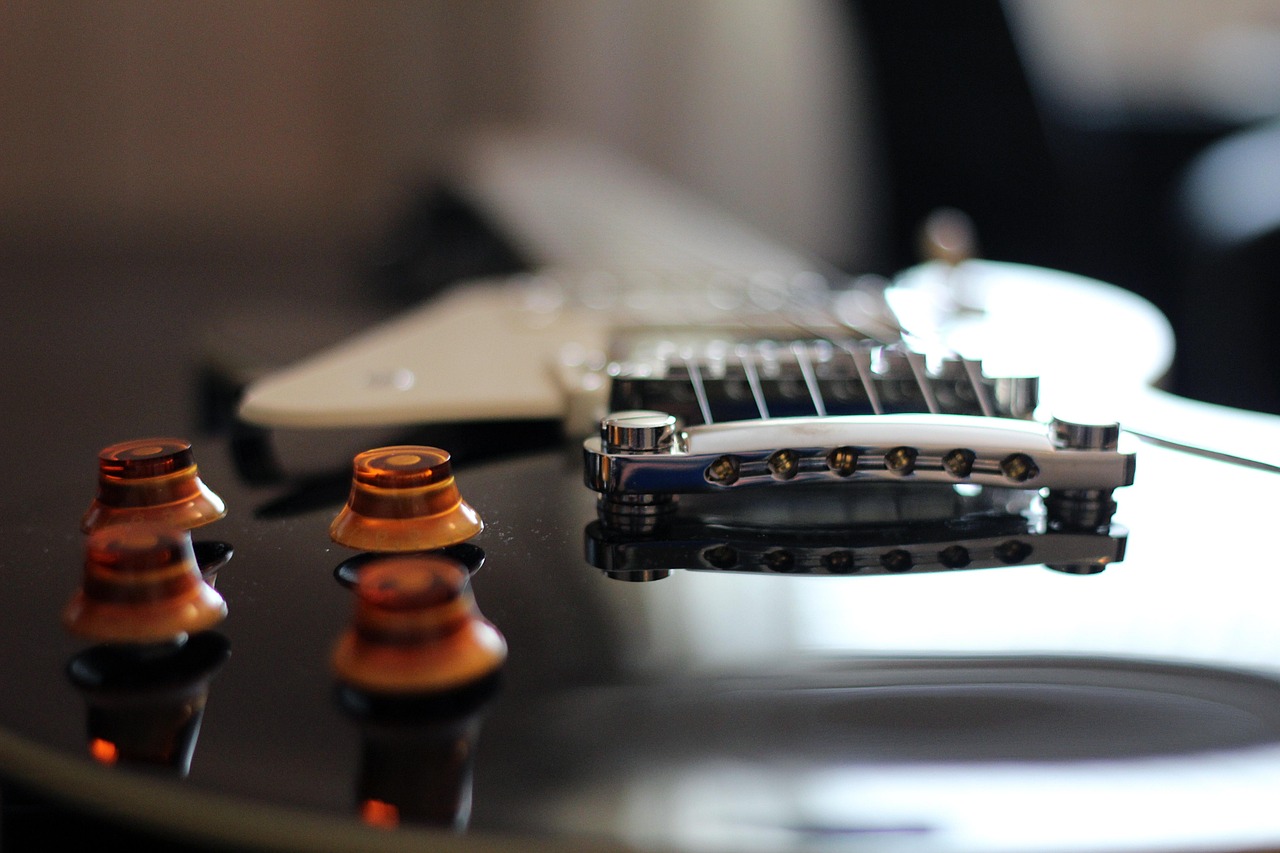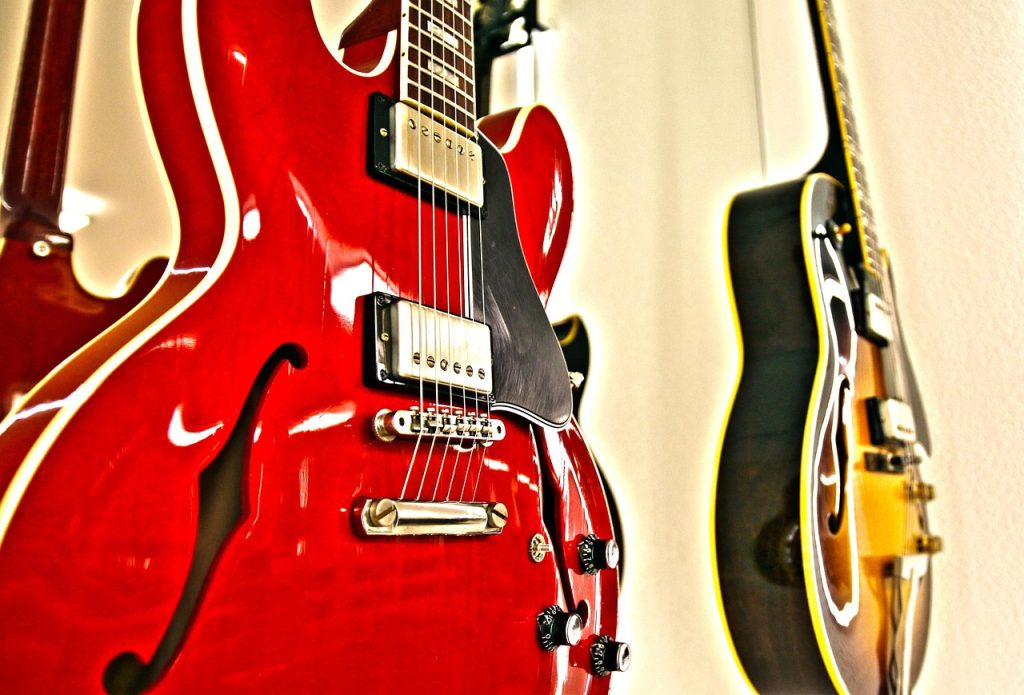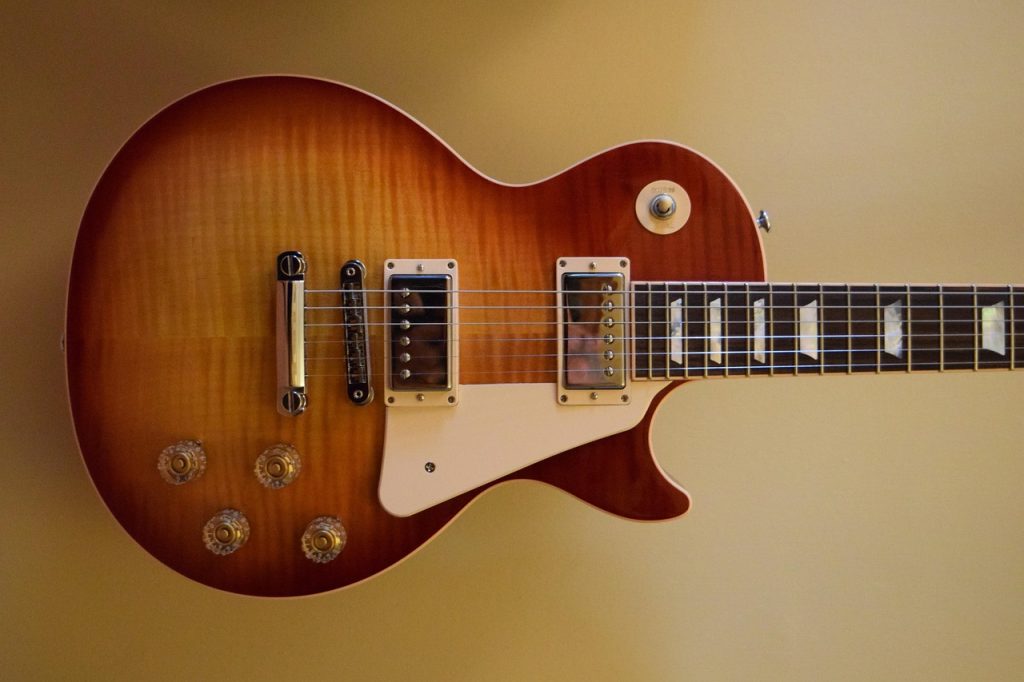🎶 Writing Your First Song: A Beginner’s Guide to Guitar-Based Songwriting
Learn how to write your first song on guitar with this beginner-friendly guide. Discover how to craft chords, lyrics, and melodies with confidence. Perfect for aspiring songwriters in Queens Park.
Finding the Courage to Write Your First Song
Every songwriter remembers their first song — even if it was a little rough around the edges. Writing your own music can feel intimidating, especially if you’ve only recently started playing guitar. You might worry that you don’t know enough chords or that your ideas aren’t good enough. But here’s the truth: you don’t need to be an expert to start writing songs — you just need curiosity and emotion.
The guitar is a perfect instrument for songwriting. It allows you to explore melody, rhythm, and harmony all at once. Whether you dream of writing heartfelt ballads, indie tunes, or blues-inspired riffs, songwriting gives you a way to express your unique story through sound.
Step One: Start with a Simple Chord Progression
Great songs often begin with simple chords. You don’t need complex jazz voicings or fancy scales — most hit songs use only three or four basic chords.
Try starting with one of these timeless progressions:
- G – C – D – Em (used in countless pop and folk songs)
- Am – F – C – G (great for emotional ballads)
- D – A – Bm – G (perfect for a classic rock feel)
Strum these slowly, listen to how they make you feel, and let one combination inspire you. Music is emotion first, theory second.
If you’re unsure how to connect chords smoothly, focus on transitions. Lift your fingers as little as possible between shapes. A smooth change between chords makes even the simplest progression sound professional.
Step Two: Create a Rhythm That Feels Natural
Rhythm gives your song its heartbeat. Try experimenting with different strumming patterns — even small changes can completely transform the mood.
For example:
- A steady down–up strumming pattern creates energy.
- A slow downstroke pattern feels reflective and intimate.
- Adding muted strums can introduce texture and groove.
Tap your foot while you play — if it feels natural to move, you’re on the right track.
If you find rhythm tricky, start with a metronome or loop simple drum backing tracks online. Over time, your sense of timing and groove will develop naturally.
Step Three: Let Melody Lead the Way
Once your chord progression feels right, hum or sing along. Don’t worry about words yet — just make sounds. This stage is called melodic sketching, and it’s how you’ll discover the natural flow of your song.
Record yourself humming over the chords and listen back. You’ll often hear small moments that stand out — a phrase or pitch that feels emotionally right. Build from there.
A simple trick: if your chords are bright and major, your melody can emphasise joy or nostalgia. If they’re minor, lean into introspection or longing. The guitar provides the framework; your voice brings it to life.
Step Four: Write Lyrics That Tell a Story
Lyrics don’t need to be poetic masterpieces. They just need to feel honest. Think of songwriting as musical storytelling. What do you want to express? A memory, a feeling, or an observation?
Start by writing freely — don’t edit yet. Let ideas flow. Then pick out the strongest lines, images, or phrases. Connect them into short verses and a chorus.
A simple structure could be:
- Verse 1: Set the scene
- Chorus: Capture the main emotion or message
- Verse 2: Develop the story
- Bridge (optional): Offer contrast or reflection
Great lyrics use specific imagery. Instead of saying, “I’m sad,” you could say, “The room feels empty since you left.” The listener imagines the scene — and that’s what makes it powerful.
Step Five: Combine and Refine
Now that you have chords, rhythm, melody, and lyrics, it’s time to shape your song. Play through it several times. Notice what feels strong and what could change.
Maybe a chord doesn’t match your lyric’s mood — swap it. Maybe your chorus needs a higher vocal line — try it. Songwriting is about experimentation.
Record early versions, even on your phone. Listening from a distance helps you hear your song objectively. Over time, you’ll learn to trust your instincts..
Step Six: Keep It Simple and Real
Your first song doesn’t need to be perfect — it just needs to be you. Some of the world’s greatest hits started as humble bedroom demos. What matters most is authenticity.
Focus on emotion, not complexity. If your song makes you feel something, it will connect with others too. Remember, every songwriter starts somewhere, and the more you write, the more confident you’ll become.
I always encourage students in Queens Park and across London to use their guitars as a creative outlet — not just an instrument for copying others, but a tool for telling their own stories.
Step Seven: Share Your Music
Don’t be afraid to share what you’ve written — with a friend, your teacher, or even on social media. Feedback and encouragement build confidence.
Playing your own music can be one of the most rewarding experiences in your musical journey. It transforms you from a player into an artist.
Celebrate every song you write, no matter how small. Each one is a snapshot of who you are at that moment — and that’s something worth sharing.
You can do it
Writing your first song on guitar is less about talent and more about connection — connection to your instrument, your emotions, and your creativity. Every time you pick up the guitar, you have the chance to say something new.
So grab your guitar, play a few chords, and see what happens. You might surprise yourself with how naturally the music flows once you start.
Writing Your First Song: A Beginner’s Guide to Guitar-Based Songwriting | Guitar Lessons Queens Park


